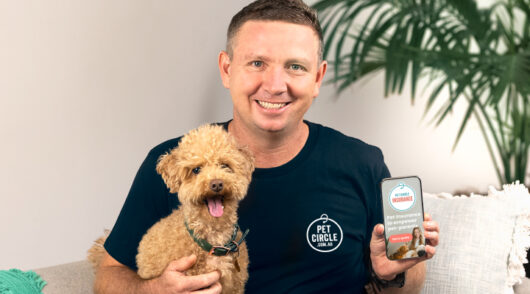Google has announced that Google Optimize and Optimize 360, its five-year-old products used to test and improve user experiences, are no longer available after September 30.
In its place, Google is improving its integration with the following alternative A/B testing providers: Optimizely, AB Tasty, and VWO.
If you’ve run experiments on Google Optimize, it is recommended to download your historical data before the sunset date since it will no longer be accessible after this month.
Firebase A/B Testing for mobile app experimentation – which uses Google Optimize infrastructure – will not be impacted by the Google Optimize sunset.
Data is key to CRO success
Combining qualitative data from Google Analytics 4 or similar platforms with quantitative data such as heat maps, user recordings and user surveys will give you more insights about the problems your users are facing and potential solutions.
Many of our CMS and e-commerce takeover projects started with a review of the code performance, architecture, SEO and user experience. This is also a major source of potential experimentation ideas, especially if the client has a small budget, many development tickets in the backlog, and wants to improve conversion without having to go through a full-scale website redesign.
All in all, your experimentation hypothesis should be data-driven: the identified problem is backed by data and the expected result is measurable.
Here is a strong hypothesis formula for you to use in your CRO program: “Because we observed [A] (and/or feedback [B]), we believe that changing [C] for visitors [D] will make [E] happen. We will know this when we see [F] and obtain [G].”
Setting clear CRO goals from the start
Before strategising a CRO program for our clients, we start with building a goal tree together.
First, identify the high-level company goals, like revenues or brand awareness. Then break them down into business drivers that impact such goals, like traffic or revenue per visitor. Lastly, break them down even further to optimisation metrics and specific KPIs, like the number of product clicks or add-to-cart clicks.
Our CRO team will use the goal tree to investigate relevant micro-conversions and prioritise experiments. For example, to improve add-to-cart click-through rate, we’d look at all potential touchpoints:
- How to increase traffic to the product listing pages.
- How to make it easier for users to find the right products on category pages.
- How to make each product on the page stand out enough to increase the add-to-cart rate.
- How to create a sense of urgency and exclusivity so users purchase now.
How to choose the right alternative to Google Optimize for your CRO program
Choosing the right experimentation platform for your business is very important. Experimentation tools differ in pricing, features, and purposes.
We have implemented 6000+ experiments and helped many clients migrate from Google Optimize to other CRO platforms. For clients starting out with running only two or three experiments per quarter, we would recommend a different platform than for those with multiple brands or markets, who have run 10+ experiments per month and are looking for advanced capabilities like personalised experiments or full-stack omnichannel testing.
The pricing also differs depending on whether you have a mobile app, how many website domains you are testing on, the monthly active users and the total traffic you have.
Once you have onboarded the right CRO platform, it is about educating everybody in your organisation to adopt the culture of experimentation. You can now eliminate the guessing and assumption when interpreting data while rolling out new e-commerce features more cost-effectively.
Just as important as choosing the right tool is choosing the right partner for your CRO program. Their job is not only to run the actual experiments for you, but they can also share their expertise and experience to improve your success rate. In addition, if that partner also provides website development and e-commerce services, even demanding experiments can be implemented easily, without having to coordinate multiple vendors. Our clients also appreciate that performance is in our DNA, so their site remains fast even while running experiments.
If you run out of experiment ideas, download this CRO ebook to learn more tips and example experiments that helped increase our client’s add-to-cart rate by 71 per cent, start-checkout rate by 91 per cent and e-commerce conversion rate by 183 per cent after one year.






